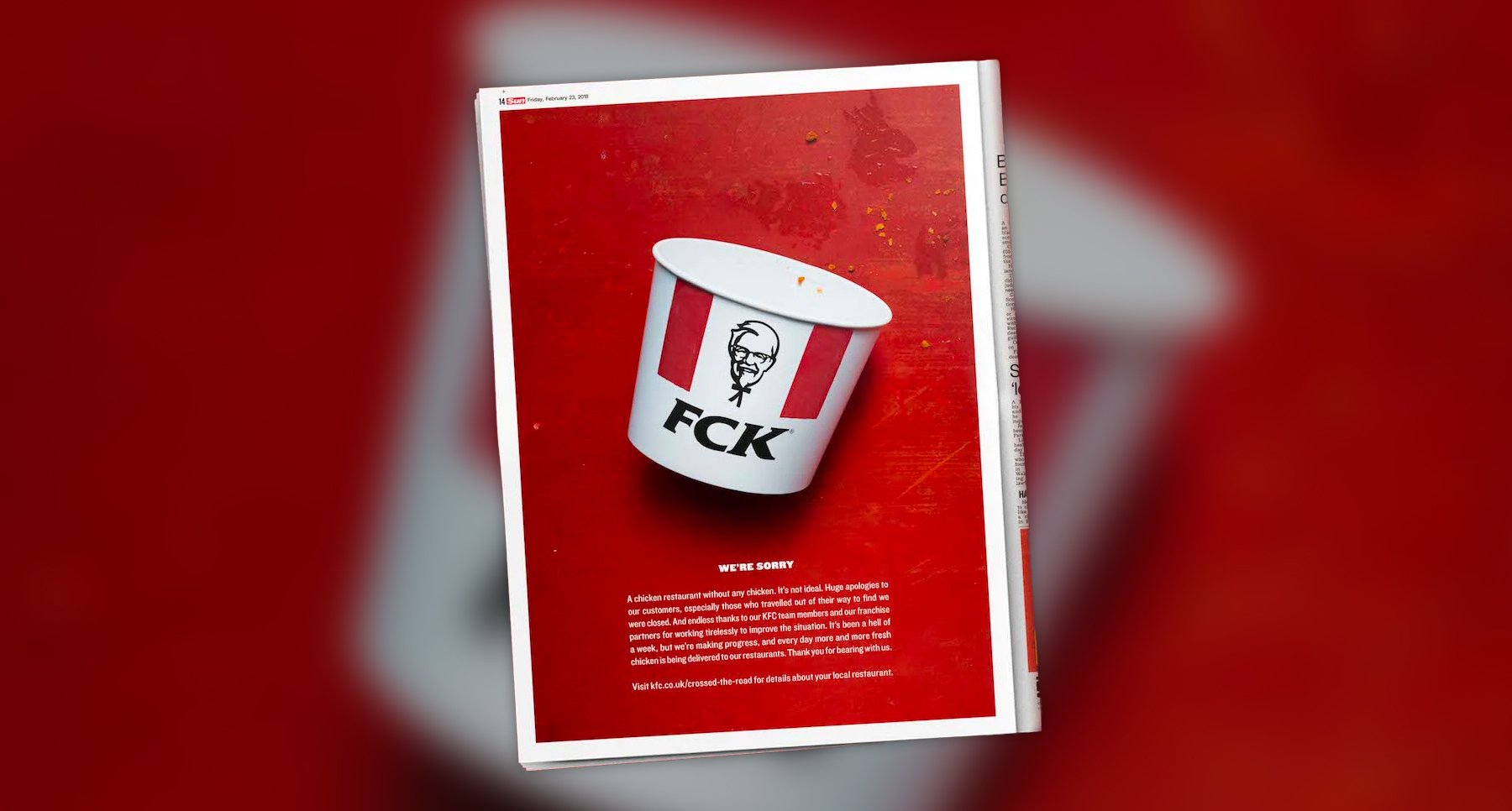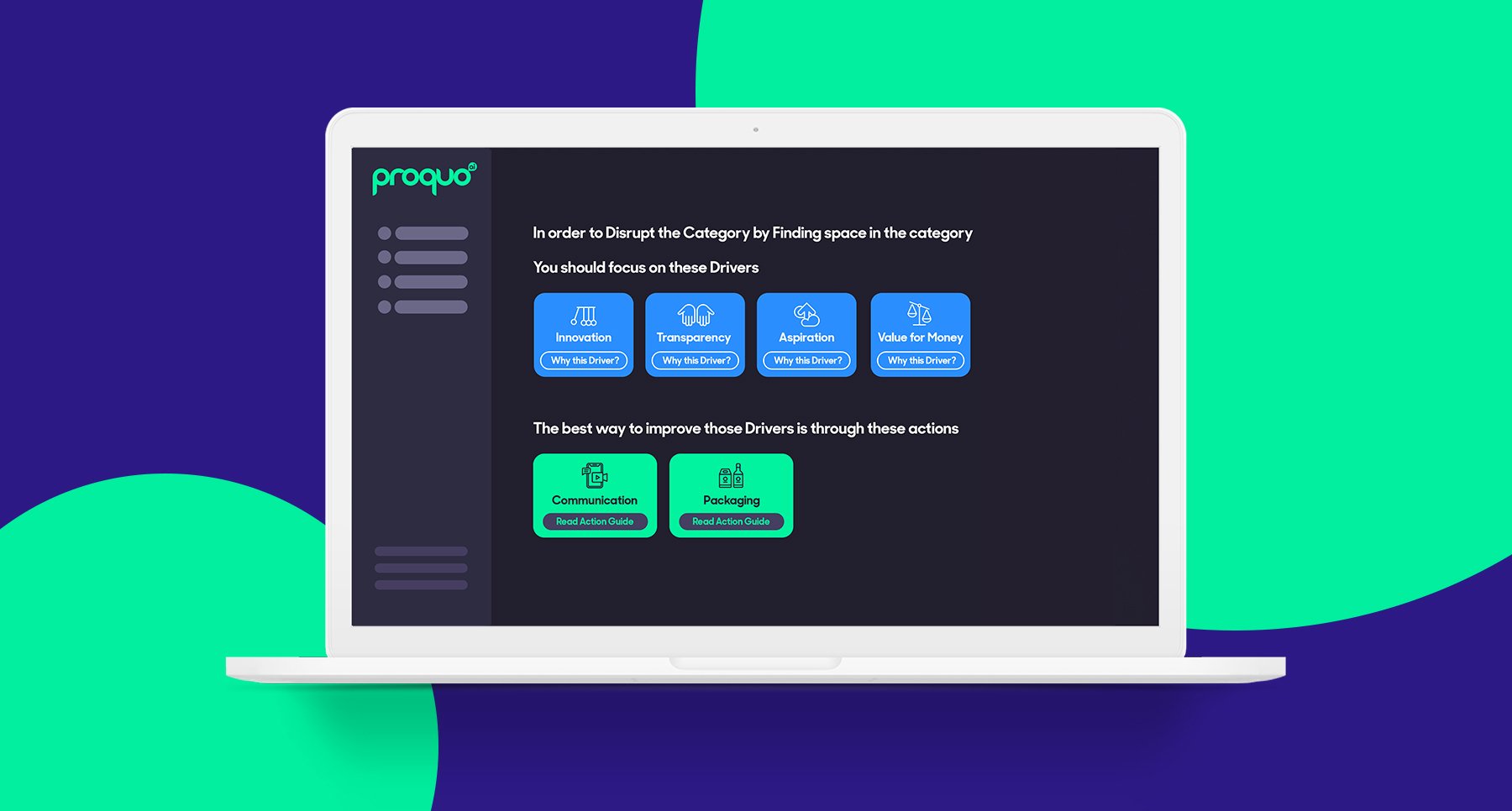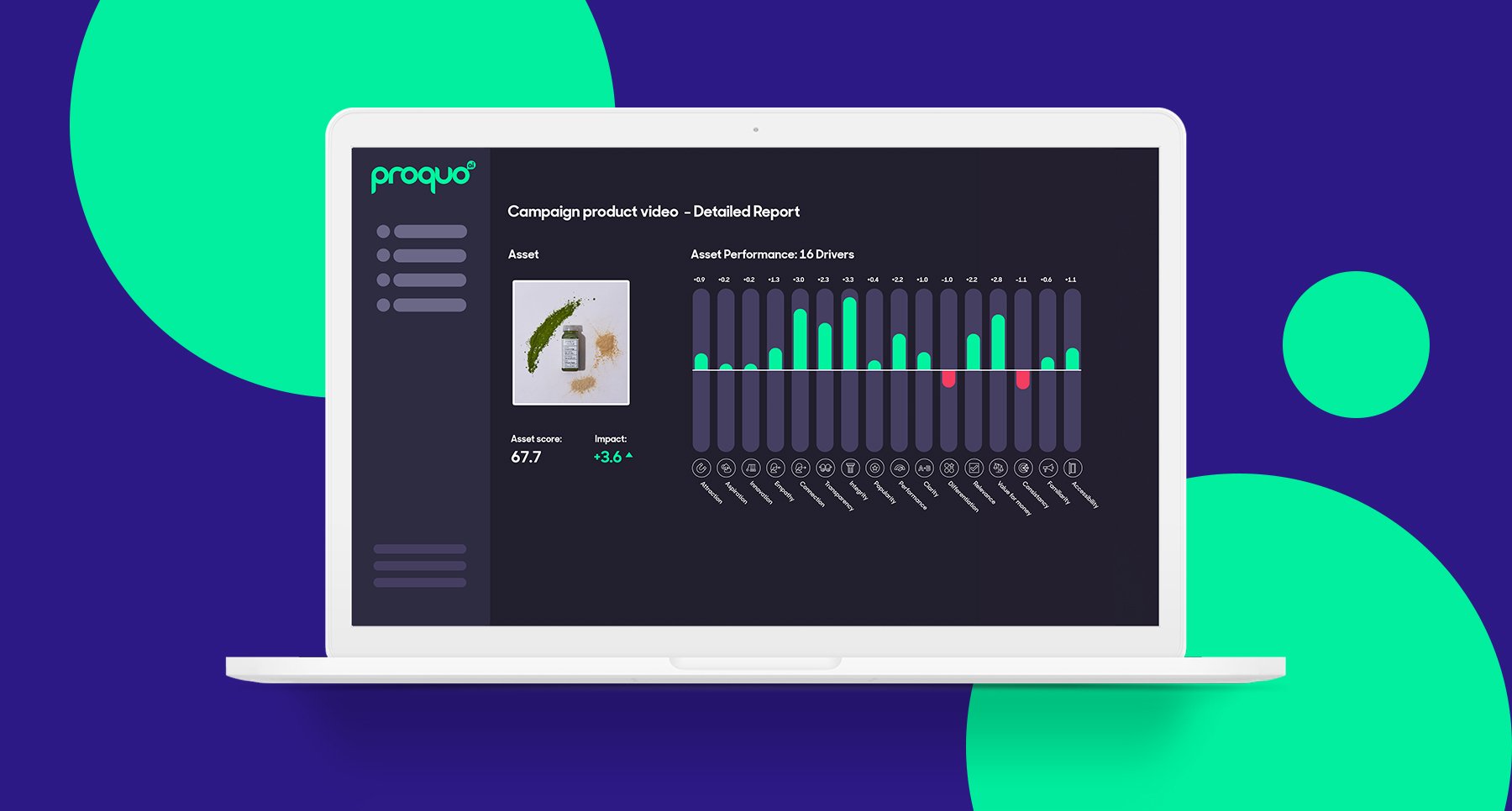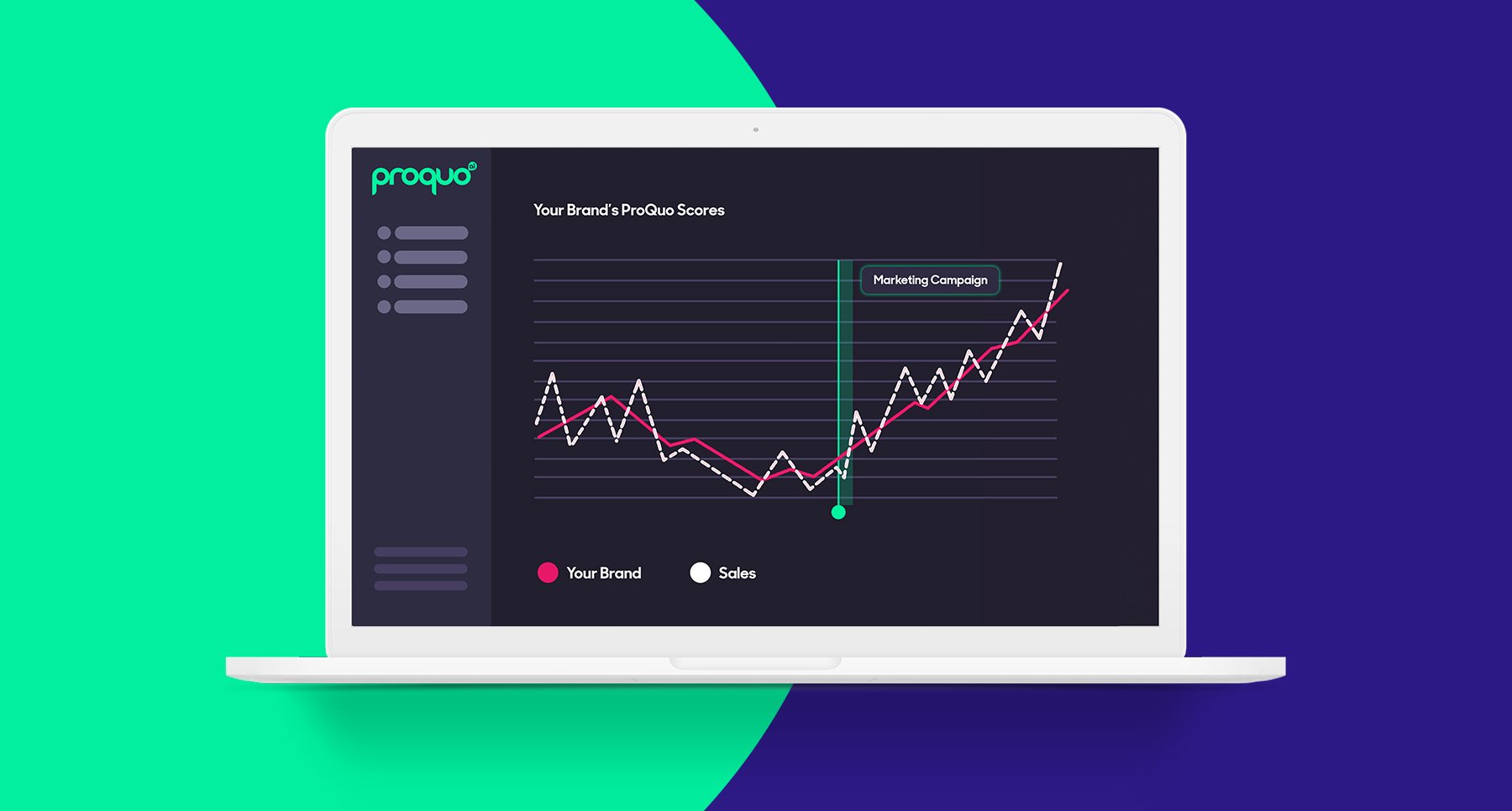Posted on July 13, 2021
Updated on March 9, 2023
3 min read time

We’re currently living through an information age, where humans are more connected than ever. News was once consumed solely on a scheduled broadcast, once or twice a day. Now it’s accessible 24/7, at the touch of a button, extending beyond print, television and radio, and into digital streams like podcasts, social media and websites.
With so much digital information at our fingertips, it’s no wonder brands are struggling to keep up with changing customer expectations. Looking at global marketing trends this year, Deloitte found 82% of consumers would repeat business with a brand if the brand could prove they were in tune with their needs. That’s why real-time data is a marketing necessity, helping brands to keep a finger on the pulse, so they can ensure their actions are aligned with the latest wants and needs of their target audience.
With real-time analysis, marketing strategies can be one step ahead of competitors, based on up-to-the-minute data on the latest category and consumer trends.
What is real-time analysis?
Consumer needs are shifting every day, with cultural events shaping how we see the world, and what we expect from the rands we buy from. Because of this, there’s no guarantee the campaigns you produce this month will resonate next month. That’s where reactive marketing comes in. With reactive marketing, brands can insert themselves into discussions, becoming part of key narratives to boost their relatability. It’s a trick that’s been pulled off by countless brands, from Burger King to Black Mirror.
Yet, with so many brands racing to be reactive, how can you beat competitors to the punchline? Real-time analysis does the hard work for you, as it never sleeps.
During the pandemic, we’ve seen brands tiptoeing around marketing, unsure about the next moves to make. Real-time analysis gives you hard evidence of what people are feeling and thinking, to enable you to respond directly to their needs. It provides a platform for marketing with certainty. It’s always-on nature means you’ll have the latest information on any event that could affect your category, consumers or competition, enabling you to react quickly to evens to ensure you’re the first to:
Brands that have reacted well in the moment
KFC is the champion of reactive marketing. Who could forget when they ran out of chicken, (a disaster for any fast food outlet, let alone one that specializes in chicken) and turned the scandal on its head with a hilarious, reactive ad. Their public apology included an empty KFC box that was rebranded so the logo read ‘FCK’.

And of course, another great example of reactive marketing is Aldi’s Cuthbert the Caterpillar drama. Follow it here.
Where can you go for real-time data?
Reactive data is easily accessible through digital platforms, like social media sites and popular webpages. These will show you what’s happening in the news and with your brand, so you can act in the moment to stay ahead.
But with social sites, it’s incredibly time-consuming to stay up to date with trends, as it involves a large quantity of manual searching. These sites are also incapable of showing you how new information will influence your own brand’s standing. If you want to know how events directly impact your brand, competition and category, as well as what to do with this information to produce the best outcomes, you’ll need an AI platform, like ProQuo.
ProQuo AI’s real-time analysis provides always-on access to people’s real feelings and thoughts about your brand, any number of your competitors, and your category. With ProQuo, our brand management platform speaks to people daily, understanding what they need from your category and just how well your brand is meeting those needs.
Real-time analysis is like hooking a live wire up between your brand and your audiences, and ProQuo is the machine that tells you where your brand stands, every single day. As well as knowing where your brand stands, ProQuo uses its real-time analysis to create a custom action-plan tailored to your own brand story. This plan will show you the exact move to make to reach your growth goals.
With real-time data, you’ll always be one step ahead. As well as having knowledge on what your competitors and category are up to, you’ll also have knowledge on what’s working and what isn’t working within your brand. This can allow you to detect problems quickly and optimize as you go, to give your brand the best chance for growth. The ProQuo platform can be used at any stage during the campaign process, from ideation and concept creation, to after your campaign has launched.
Ideation – Here, ProQuo can be used to inform your brand strategy. Our custom action-plans will help you to see exactly where you need to focus on to achieve your goals.

Optimization – Try out your creative assets before launching to ensure you’re getting the best value out of your executions. You can optimize anything, from a moodboard to a fully-fledged T.V campaign and receive responses within hours from over 300 people.

Mid-launch: Notice any hiccups during your campaign? Quickly update as you go.
Post-launch: Overlay your marketing data with your commercial data in the platform to see how impactful your decisions were.

Don’t waste time looking through your rear-view mirror with backward-looking solutions, like post-campaign reports, focus groups and social listening tools. Instead, look ahead through your windshield, and make sure you stay on the front foot with anticipating any problems you may encounter, reacting quickly and effectively when they do.
Our intelligent platform will take your brand further, faster.
Don’t believe us?
© 2020-2023 ProQuo AI International
All rights reservedWebsite by Blend